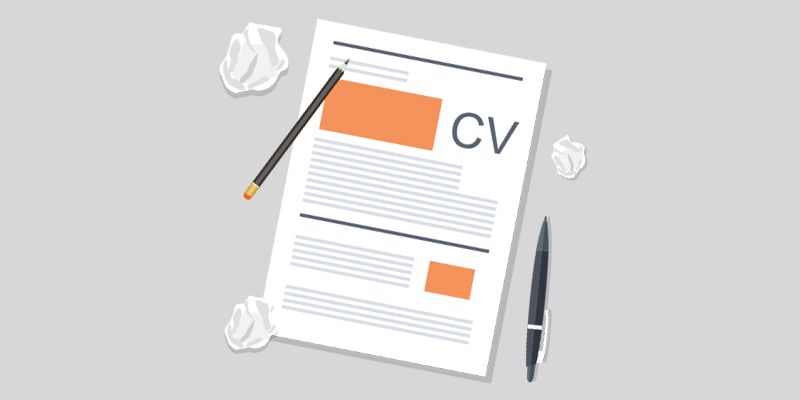Advice
How to write curriculum e-mails

Mail cover letter self-application CV
You often hear this, and it is certainly true: the CV cover letter is as important as the CV itself. Not only is it more spontaneous and less schematic than a curriculum vitae, but it is essential to immediately make an excellent impression with the companies to which you send your self-application. Unlike the CV, the email allows you to explain – argue, indeed! – your strengths, orienting them in the best possible way to make a good impression with your interlocutor.
Now that the self-nominations are sent by e-mail, the cover letter must electronically accompany your curriculum vitae. The historical paper CVs with the handwritten cover letter is now part of the past. Let’s be clear: it is certainly not forbidden to use ordinary mail, but it is a practice that is slowly slipping out of time, and using it can turn out to be useless and expensive in terms of time and effort.
The guide to writing a Curriculum Vitae
If you have found a job offer that seems to be made for you, you must first write a perfect resume. Only then will you be able to worry about making him perform at one hundred percent of his possibilities and having the human resources manager of a company read your application with interest.
- It is better not to write the curriculum in the body of the mail, for several reasons: the body of the email must be used to write a short presentation of oneself. Furthermore, a curriculum vitae in a PDF document attached to the mail is graphically more interesting and elegant. Do not experiment with the use of two particular graphic characters: Times New Roman or Verdana (a font with very high readability on the screen) are just fine.
Important: since whoever receives the e-mail will devote a few minutes to us (if you are lucky), it is good to take care of accuracy and layout in an obsessive way. A messy and messy document, with a few spelling mistakes here and there, will be trashed with one click. - Pay close attention to the subject of the mail: never leave it blank; few words are needed, but well-thought-out. If you send the curriculum vitae in response to a published offer, indicate the reference of the same. If you have decided to send a spontaneous application, write the word “Curriculum” or “CV” and the job you are interested in. Here’s an employer’s point of view: “I like reading 5 honest lines, I’m looking for a permanent job – a partnership – an internship”. The mistake of many: they send the CV but do not explain what they are looking for.

- Of course, it doesn’t even make sense to send emails without text, with just the CV attached. Nobody will deign to open it.
When you email a company introduces yourself. Show that you have spent five minutes visiting at least the website of the company you contact, show interest in them and their work, especially if you then want them to use an hour of their time to interview you.
Read also: How to write a cover letter - The intrinsic speed of the web and the economy of the web must not be an incentive to sending “rain” letters and generic resumes. Better to send five well-researched ones than fifty standard and not very personalized ones. In this regard, here is a testimony collected on the web: When I sent the e-mails in an overly formal way I did not receive any reply, vice versa when I wrote in a few words who I am and what I could do I received an answer (also to say “we will consider it in case of need”). Remember that on the other side of the screen there is still a person like you, who likes to read something different from time to time “I ask to be taken into consideration, this is the curriculum, best regards.
- Responding quickly (within a few hours) to the company that contacted you via e-mail shows that you know how to use the tools available on the web.







